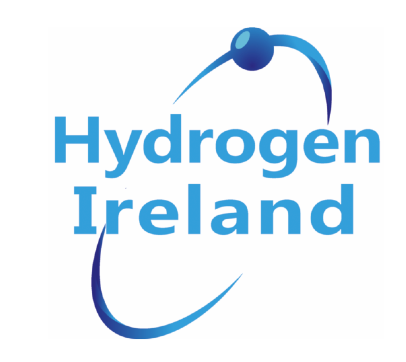Green hydrogen: Ireland’s new energy carrier

Green hydrogen is a promising energy carrier that has the potential to play a crucial role in achieving net-zero emissions, writes Paul McCormack, Director of Hydrogen Ireland.
Hydrogen can be produced from various sources such as water, natural gas, biomass, or even waste, and when burned or reacted with oxygen, it produces only water and heat, making it a zero-emission fuel. However, green hydrogen produced from renewables is the cleanest form of hydrogen and has zero CO2 production footprint.
One of the key benefits of green hydrogen is its versatility. Green hydrogen has the potential to be used in a wide range of applications, including transportation, power generation, and industrial processes. For instance, in the transport sector, hydrogen can be used to power fuel cell electric vehicles (FCEVs), while in industry, it can replace fossil fuels in high-temperature processes.
However, globally the production of hydrogen is currently dominated by fossil fuels, which generates emissions, including greenhouse gases. Therefore, it is essential to develop clean hydrogen production technologies such as electrolysis powered by Ireland’s abundant renewable energy sources like solar or wind power. This will allow hydrogen to be produced in a way that is environmentally friendly and cost-effective. (A recent report mentioned the potential for Ireland to be one of the cheapest locations to produce hydrogen in Europe!) It is also important to ensure that the transportation and distribution of hydrogen are done safely and efficiently. This includes developing appropriate infrastructure such as pipelines and storage facilities as well as training for our industry to gain the experience to work with, store, transport, and use hydrogen easily and safely, making it a viable option for areas where renewable energy sources are not readily available.
Green hydrogen is a promising pathway advocated by Hydrogen Ireland with the potential to not only contribute to but accelerate Ireland’s journey to net-zero emissions using Ireland’s abundant renewable energy sources such as solar or wind power. However, the widespread adoption of green hydrogen faces several challenges, including long lead times for electrolysis units, lack of regulation to integrate with renewables, and is hampered by the slow progress of policy development as well as a limited financial support from government to build infrastructure to support green hydrogen’s ability to remove fossil fuels from our energy system.
To overcome these challenges mentioned, green hydrogen requires significant investment in research, development, and deployed infrastructure now, so it can play an effective part to decarbonise hard-to-decarbonise sectors at scale in the near future.
Overall, green hydrogen represents a balanced pathway to achieving net-zero emissions, working in tandem with other energy carriers, providing a clean and sustainable alternative to fossil fuels while supporting the transition to a low-carbon economy.
E: paul.mccormack@hydrogenireland.org
W: www.hydrogenireland.org






